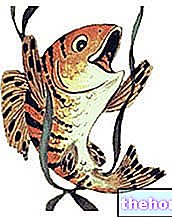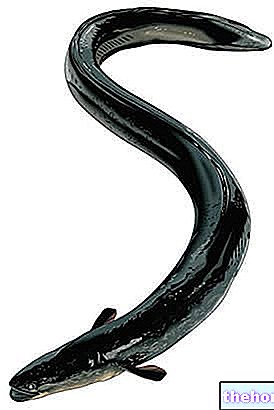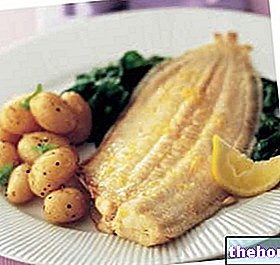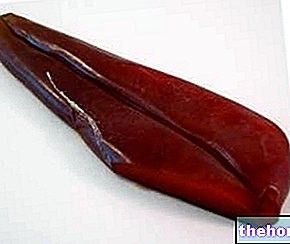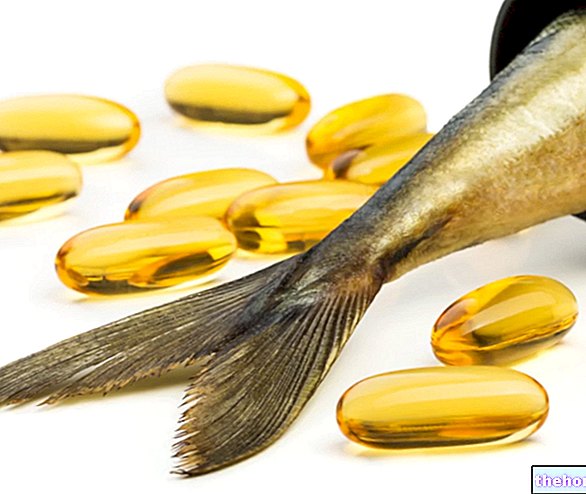Use and environmental sustainability
Many do not know that fishmeal is a multipurpose product, used for the fertilization of agricultural land, for the nutrition of various animal species (fish and terrestrial animals) and, probably, also for human consumption.

Most of the non-marketable remains of the fishery are destined to become fish meal, however, often an "entire branch of the professional activity" is dedicated to them. Not surprisingly, 30% of the world's catch (in one way or another) becomes fishmeal destined for animal husbandry. Obviously, this is an absolutely unsustainable behavior for the environment, both as regards inland waters, both as regards the seas of the Globe. The origin itself, 60% of which is borne by developing countries, is an indication of how primitive the choice of using fishmeal as feed in fish farms and fish farming can be. Continue to empty the oceans to feed the captive fish just sounds like a "paradox"!
Fishmeal is produced by boiling animals or parts of them (such as processing cuttings) and pressing what is obtained from it. The squeezing liquid is decanted and then centrifuged to remove the fats. The water is evaporated, so as to be able to incorporate all the solid portion; the compound then undergoes drying at about 80-100 ° C (the finest fishmeal undergo the more complex "indirect method" - steam at 70 ° C). With the addition of antioxidants and a final hygienic safety analysis, the fishmeal is ready.
Some types of poor quality fishmeal come from species deemed NOT edible, left to dry and then ground to obtain the powder.
Foods that contain directly or indirectly fish meal
It seems that only a small part of fishmeal is destined for human consumption. The circumstances in which it is carried out are not entirely transparent and, among those who know them, it is a rather controversial topic. In which foods is flour found fish? What fish is it? Does it contain unwanted molecules?
In reality, it is very difficult to understand "in which products" and "in what quantity" fishmeal is added. Often, this kind of product is hidden inside more complex ingredients, so as not to make them completely visible. Furthermore, while in Europe there are clear and strict laws and controls, this is not always the case abroad. Probably, the one used for human consumption is based on herring (the most valuable, of Nordic origin) and produced with the steam method; however, no detailed information is available on the products that could contain it. more suspicious foods are certainly: surimi, crab claws, fish burgers and various substitutes.
If the direct use is covered by an "aura of mystery", the indirect one is absolutely clear and well documented. a courgette will be able to keep traces of the original chemical characteristics of the fertilizer (thanks to the bacteria in the soil and the metabolism of the plant itself). On the other hand, this product is also widely used in fish farming and terrestrial breeding of pigs, poultry and, in part, cattle.
The problem in using fishmeal for animal feed mainly arises from the fact that the basic organisms are constantly subjected to contamination by heavy metals. Taking infinitesimal quantities of mercury with fish in the ordinary diet, in general, is not a problem; however, it would also be different to take it from: chicken meat, eggs, pork, beef and milk. NB. For cattle, fishmeal replaces only powdered milk for weaning.
A "further controversy could arise taking into consideration what happened many years ago for BSE, or the" Mad Cow "syndrome; it was spread precisely following the recycling of animal carcasses then used in the" feeding of herbivores (first sheep and then cows), which is why (after its diffusion) their use was banned. It is hoped that such errors will no longer be committed and that, above all, serious compromises should not be expected before better regulation of their use.
Fish, Molluscs, Crustaceans Anchovies or Anchovies Garfish Alaccia Eel Lobster Herring Lobster Whitebait Bottarga Sea bass (Sea bass) Squid Canocchie Scallops Canestrelli (Sea scallops) Capitone Caviar Mullet Monkfish (Monkfish) Mussels Crustaceans Dates Sea Fruits Fish Flour Fauna Fish stock Prawns Crabs Spider crab (Granceola) Halibut Sea salad Lanzardo Leccia Sea snails Prawns Cod Molluscs Octopus Hake Ombrina Oysters Sea bream Bonito Pangasius Paranza Anchovy paste Fresh seasonal fish Blue fish Puffer fish Swordfish Plaice Octopus (Octopus) Hedgehog of Sea Amberjack Salmon Sardines Sardines Scampi Cuttlefish Mackerel Sole Stockfish Surimi Sushi Telline Tuna Canned tuna Mullet Trout Fish roe Bluefish Clams OTHER FISH ARTICLES Categories Alcoholic Food Meat Cereals and derivatives Sweeteners Sweets Offal Fruit Dried fruit Milk and derivatives Legumes Oils and fats Fish andpeach products Salami Spices Vegetables Health recipes Appetizers Bread, Pizza and Brioche First courses Second courses Vegetables and Salads Sweets and Desserts Ice creams and sorbets Syrups, liqueurs and grappa Basic preparations ---- In the kitchen with leftovers Carnival recipes Christmas Light diet recipes Women's, mom's and dad's day recipes Functional recipes International recipes Easter recipes Celiac recipes Diabetic recipes Holiday recipes Valentine's Day recipes Vegetarian recipes Protein recipes Regional recipes Vegan recipes

